Connecting College to Workforce Needs
In his 2014 State of the Union address, President Obama called on educators to “redesign high schools and partner them with colleges and employers that offer real-world education and hands-on training that can lead directly to a job and career.” As workforce demands for highly skilled workers accelerate, it is essential for high schools and colleges to partner with employers and collectively gauge what students should learn to be productive participants in the global economy. This new vision relies on evidence to match students and potential employers, as opposed to present practices based on individual connections and social capital.
According to a study published by the McKinsey Global Institute, there is a mismatch between the overall workforce needs and what most students study in college: Universities are projected to award twice as many business and social science undergraduate degrees as STEM (Science, Technology, Engineering and Math) degrees, as well as twice as many degrees in arts and literature as in health care fields.
If these current trends continue, by 2020 only 9.3 percent of the projected 56.5 million college graduates will have degrees in STEM and 4.5 percent in healthcare while more than 22 percent of graduates will have degrees in business and social sciences.
Experiential learning opportunities outside university classrooms allow students to apply what they learn in college to real world settings. There are several benefits of such an experience for both students and employers. What students learn through their internships enable them to modify or enhance their coursework to improve their workforce skills before graduation – insights that are often difficult for academic departments or careers service centers to relay to a student as part of the undergraduate experience.
Benefits to businesses, especially small businesses, include needed temporary support of various projects as well as an opportunity to observe interns at work, identifying the most talented as potential recruits after graduation. Student internships can be a win-win for both academia and business by equipping students with an understanding of how they will apply skills in a real world work situation, which in turn, allows them an opportunity to polish student knowledge and leverage skills sets through informed choices of individual courses or even a change in college major.
Because of the different cultural practices of higher education and business communities, it is often very difficult for these two sectors to connect, much less collaborate to provide experiential internships for students.
Colleges and universities organize knowledge in terms of majors or courses of study. A student majors in Chemistry, Spanish, History or Math. Businesses organize knowledge in terms of labor sectors: Financial Services and Insurance; Government; Healthcare and Pharmaceutical; Manufacturing; Hospitality and Entertainment; Technology; Telecommunications; and Transportation.
Labor sectors have additional knowledge domains. For example, the labor sector, “Healthcare and Pharmaceuticals,” is divided into Research and Development, Manufacturing, Marketing, and Regulatory (legal, compliance and quality) Affairs. It is through an internship that students can understand how the knowledge and skills they learn in school are categorized in the workforce and if there is a match or mismatch between the profession in which they are interested and the course of study encompassed by their college majors.
There is a need for a systemic connection between these business and academia providing expanded understanding of workforce needs for college students as well as talent pipelines for businesses. All too often, only the most-well connected students become interns usually working at a Fortune 500 company or government agency. Many students whose parents have little or no social capital miss out on a valuable experience that could alter their educational and professional futures. A systemic approach opens possibilities to all students.
Photo: Cooper Union (NYC) at night by Drew Dies.


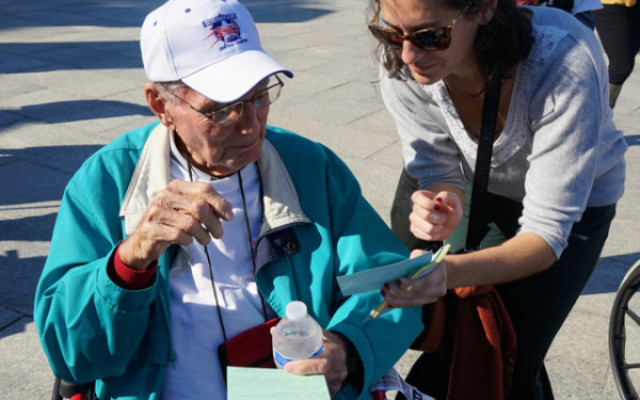
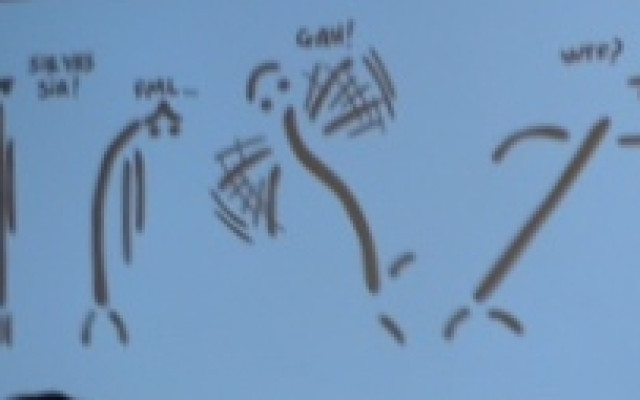
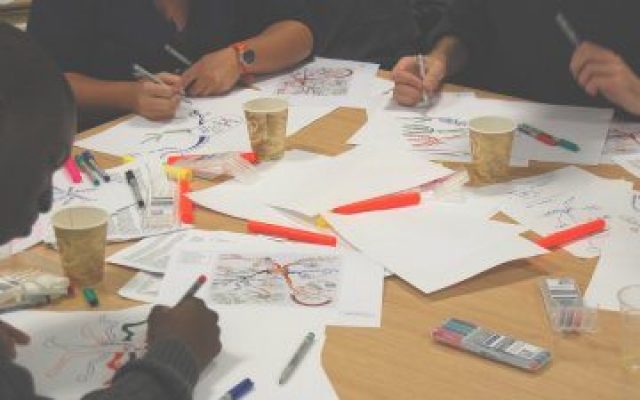
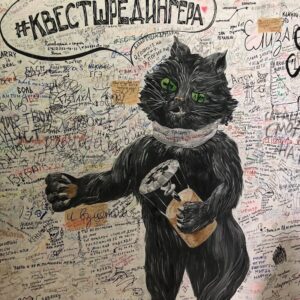
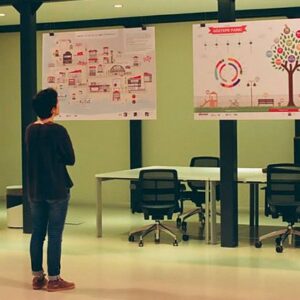

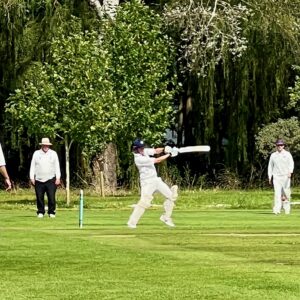


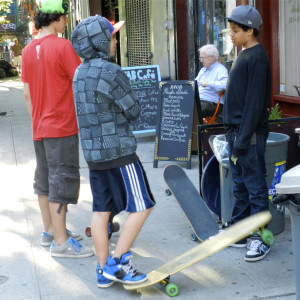
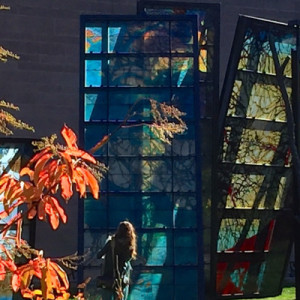
No Comments Yet!
You can be first to comment this post!